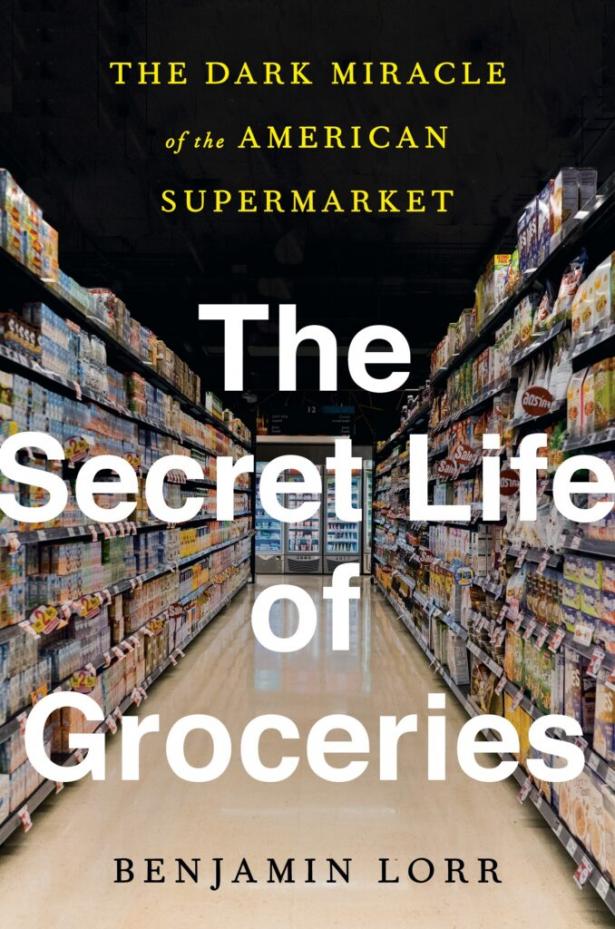In the tradition of literary muckrakers, Benjamin Lorr’s “The Secret Life of Groceries” exposes the true cost of cheap food. Weaving history, statistics, experiences and interviews, Lorr investigates the sourcing, production, distribution and sales of retail food products. The most compelling chapters focus on the people tethered to an industry that maintains margins of 1.5% as food prices have fallen nearly three-fourths over the past century.
Early on, Lorr provides a brisk analysis of the supermarket’s history through the advent of packaged foods and innovative marketing. Focusing on Joe Coulombe, founder of Trader Joe’s, Lorr shows how the small chain targeted “the overeducated, underpaid, and inquisitive; the customer who understands and cares for the world foremost by understanding and caring for themselves … (selling them) products that reflect an identity.”
Lorr learns what that means as he profiles Walter, a Whole Foods seafood counter clerk. “One of the first things you realize working retail grocery is that people, in general, are hideous and insane,” Lorr muses. “A grocery store is a finely tuned instrument to serve human whim, and the diversity of human whim often allows it to do double duty serving one through the act of serving another.” To do so, the industry relies on an anonymous and underpaid staff working without health care or job security.
In relaying how a new product gets to market, Lorr befriends Julie, maker of Slawsa (a condiment) and witnesses the requisite sales pitches and bribes to get it onto store shelves. (Consider that store buyers average 40 cold calls per day, are sent about 500 new products per month, and once in the store, 89% of those products fail.) Because “everything in your life comes to you on a truck,” Lorr rides with trucker Lynne Ryles, a Pepsi-swilling, chain-smoking 18-year veteran who grosses $200,000 a year but nets $70,000, hardly enough to pay vet bills for her two beagles, let alone buy a house.
Shedding light into food imports, Lorr examines commercial fishing practices in Thailand, where about 60% of the Thai shrimp industry relies on slave labor. He tracks down Tun Lin, a former shrimp boat captive, and he travels with P’Aon, a human rights advocate, to the remote Myanmar border to work in a clinic for illegal immigrants.
These desperate stories present the complex issues and contradictions inherent in the business of serving American shoppers who demand “completely impossible, unsustainable opposites — low price and high quality, immediate availability and customized differentiation,” and above all, convenience.
“Convenience is the great gift the grocery store gives the consumer; efficiency its great technique for delivering it,” Lorr writes.
Extensive footnotes with quirky asides, social commentary and resources are a break from so much disturbing and often hilarious information, and the many hard truths are relayed with empathy: “What people call the supply chain is a long, interconnected network of human beings working on other humans’ behalf. It responds to our actions not our pieties.”
Every grocery store shopper is linked to this chain; no reader of this ambitious book will enter a store the same.


Spread the word